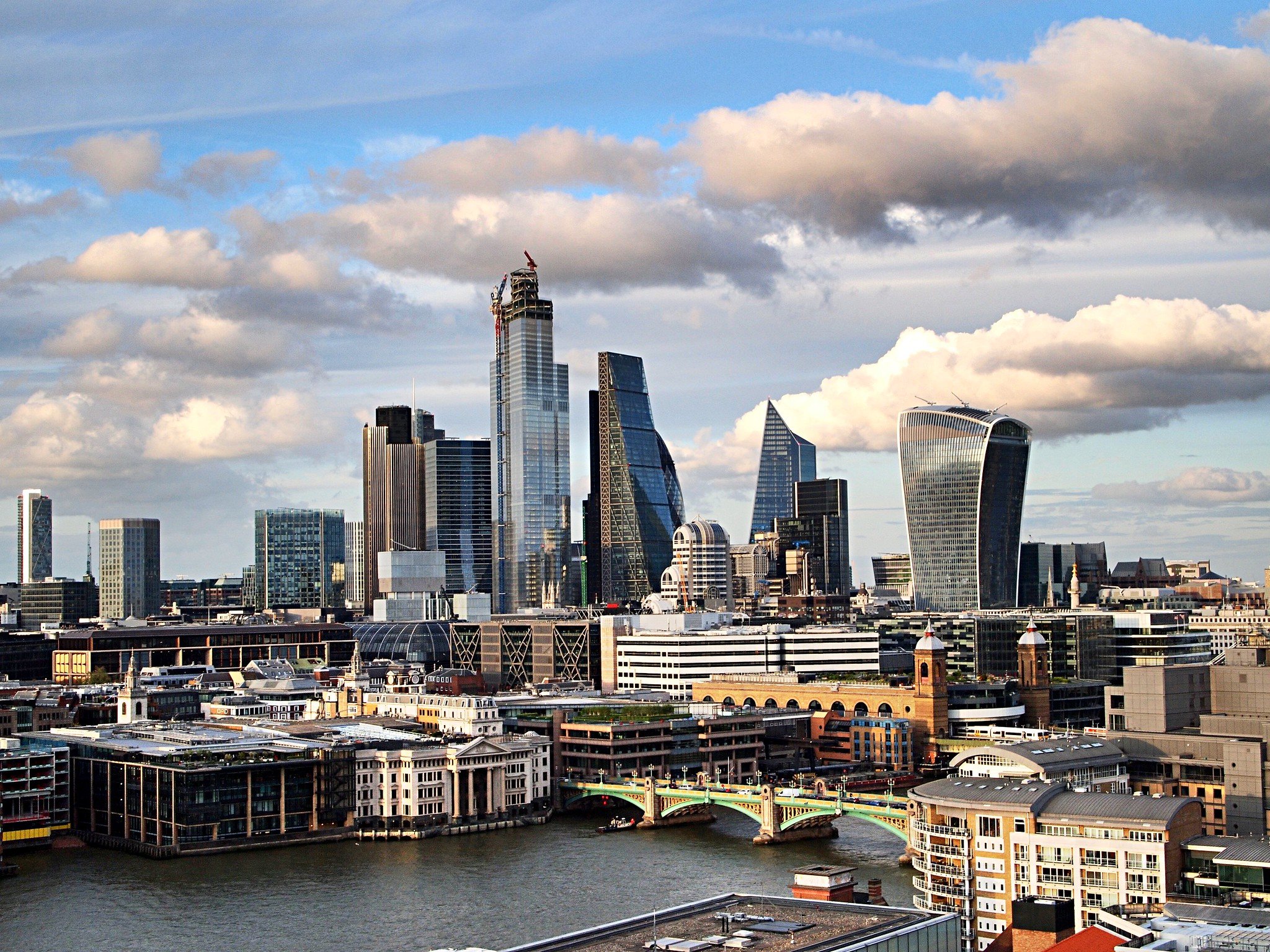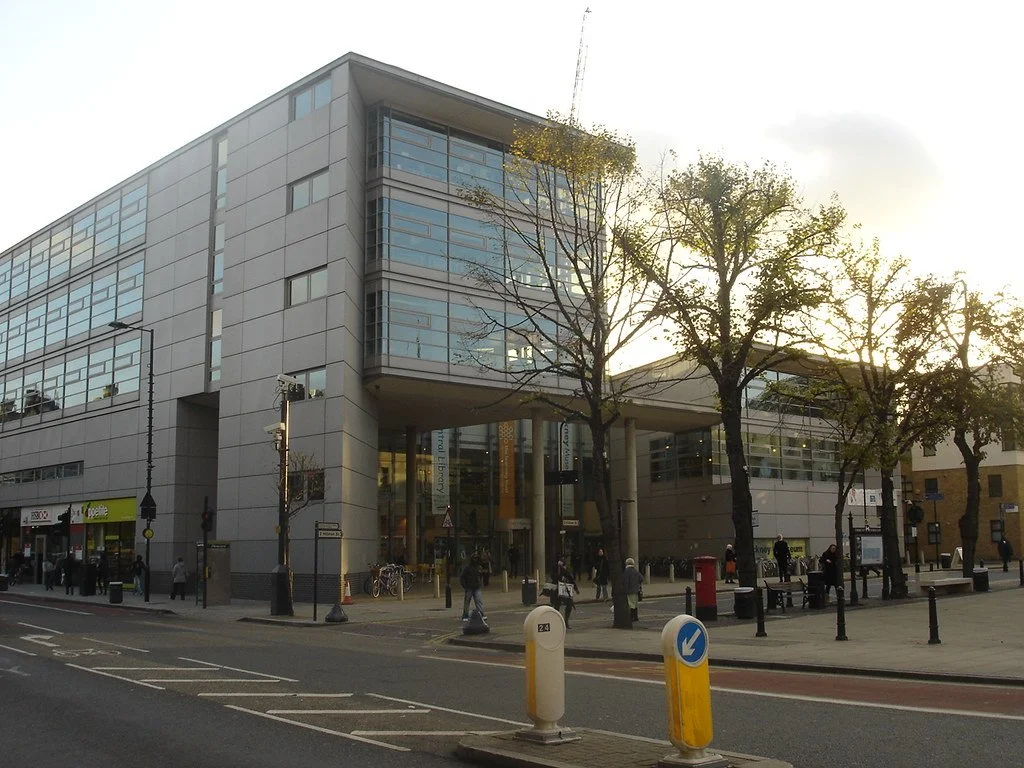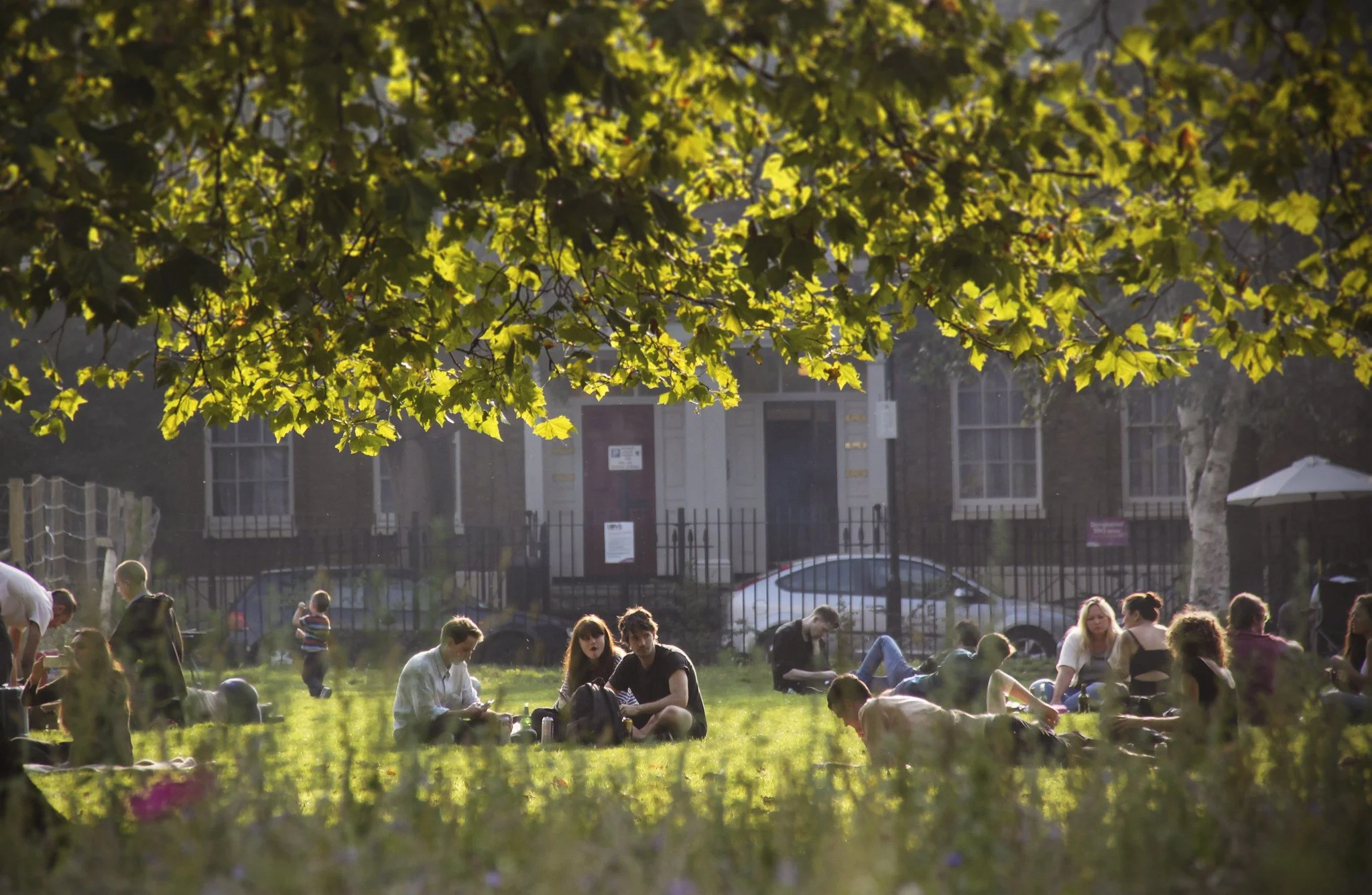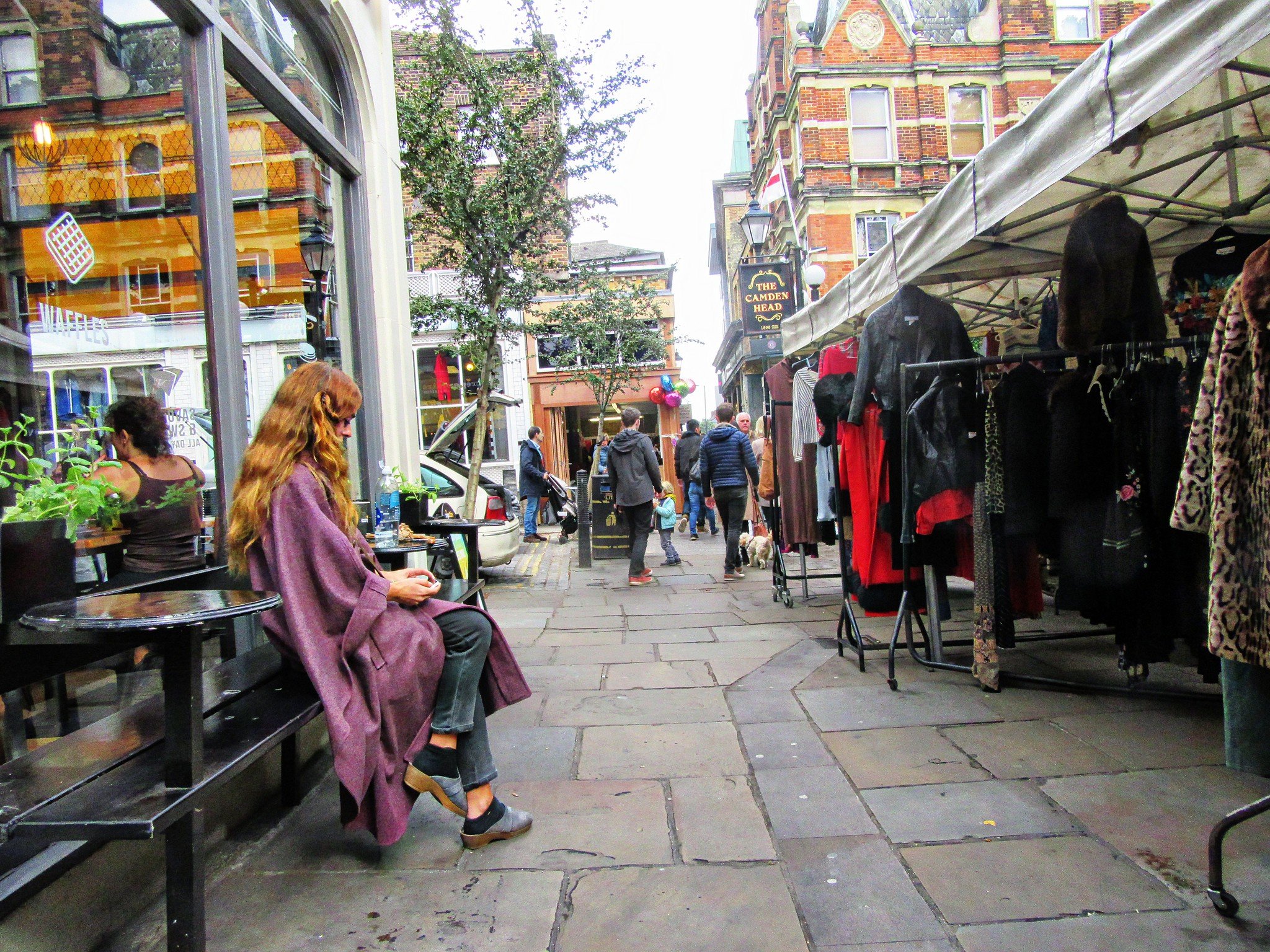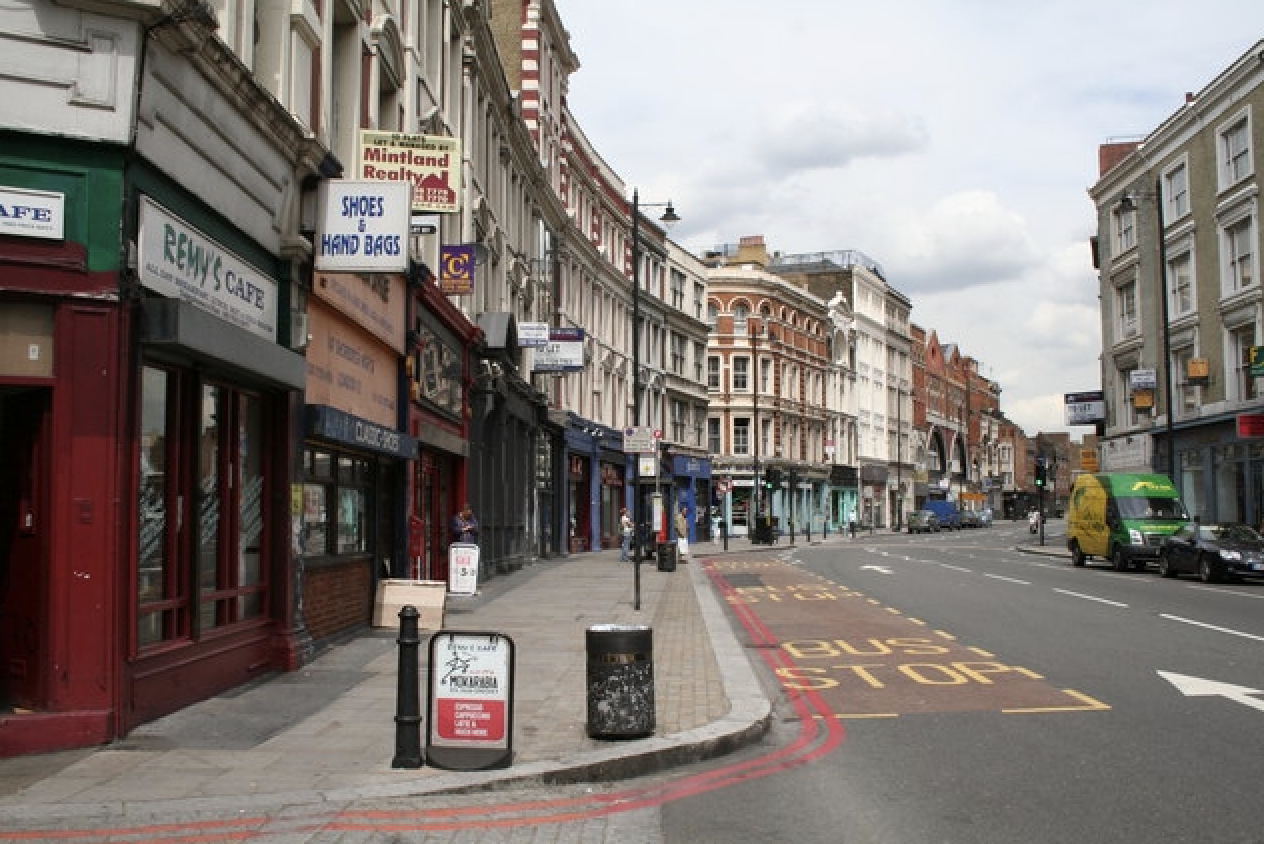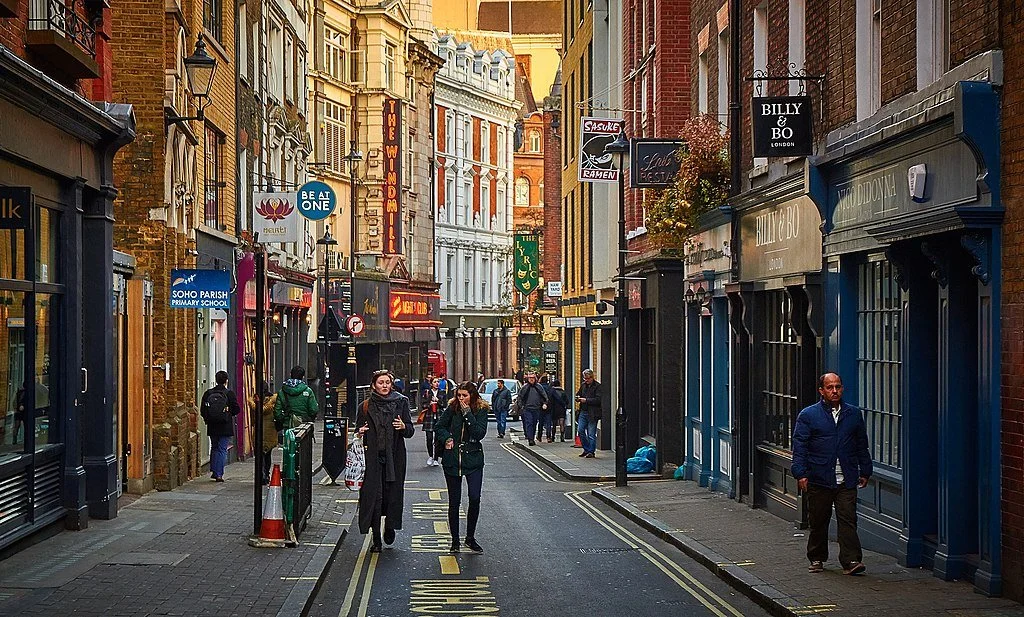A sampling of traditional British food explained, including a full English breakfast, Yorkshire pudding, haggis, and bangers and mash.
When you think of British food, hearty, comforting dishes often come to mind. This guide takes you on a delicious journey through British cuisine, exploring the history of iconic meals and revealing where to find the best of them.
For a truly immersive experience, consider indulging in wine and dine hotel breaks in the United Kingdom to elevate your culinary adventure. These special hotel packages include both accommodation and a gourmet dining experience, especially popular for short getaways.
“Scotland’s national dish, haggis, is a savory pudding made from sheep’s heart, liver and lungs, mixed with onions, oatmeal and spices, all encased in the sheep’s stomach. ”
A Journey Through Regional U.K. Specialties
The full English breakfast
Start your day the British way with a full English breakfast. This robust morning meal features eggs, bacon, sausages, black pudding (aka blood sausage), baked beans, tomatoes and mushrooms, and is often accompanied by toast or fried bread.
Dating back to the early 1800s, this breakfast staple was designed to fuel workers for the day ahead.
Variations like Scottish and Irish breakfasts add regional twists, showcasing local products and cooking methods. An Irish breakfast might include white pudding (no blood involved) and soda bread, while a Scottish version could swap black pudding for haggis — a savory “pudding” made with sheep offal (more on this later).
Yorkshire pudding and Sunday roast
Head north to Yorkshire for a taste of their famous Yorkshire pudding, a savory delight traditionally served with Sunday roast. This classic British meal includes roasted meat, potatoes, vegetables and plenty of gravy. Yorkshire pudding, made from meat drippings — the juices and fat that accumulate at the bottom of a roasting pan — has roots going back to the 18th century. Today, countless pubs and restaurants across the U.K. serve this cherished dish, particularly on Sundays.
Fish and chips
No discussion of British cuisine is complete without fish and chips. This beloved dish, featuring battered and deep-fried fish with thick-cut chips (what Americans call French fries), originated in the 19th century. Jewish immigrants introduced fried fish, while the working class embraced potatoes. Coastal towns like Whitby and Brighton are famed for their fresh, seaside-sourced fish and chips.
The Welsh cawl
Welsh cuisine’s standout dish, cawl, is a hearty soup made from lamb or beef, leeks, potatoes and other root vegetables. Perfect for winter, cawl reflects Wales’ agricultural heritage. Enjoy it with crusty bread and cheese in a Cardiff pub or a rural Welsh village for an authentic experience.
Scottish haggis
Scotland’s national dish, haggis, is a savory pudding made from sheep’s heart, liver and lungs, mixed with onions, oatmeal and spices, all encased in the sheep’s stomach. Despite its unusual ingredients, haggis is cherished for its rich flavor and cultural significance. Traditionally served with neeps (turnips) and tatties (potatoes), you can find haggis across Scotland, especially during Burns Night in January.
Historical Influences on British Cuisine
The Impact of the British Empire
The British Empire’s extensive reach brought a diverse array of global flavors to the U.K., transforming British cuisine in remarkable ways.
India: Spices like turmeric, cumin and coriander became staples in Britain, leading to popular dishes such as chicken tikka masala and various curries.
China: The British fascination with tea from China led to the development of afternoon tea, a beloved tradition featuring tea accompanied by scones, finger sandwiches and pastries.
The Caribbean: Sugar from the Caribbean revolutionized British desserts, introducing sweet treats like treacle tart and fruitcake, as well as the use of molasses in baking.
Africa: Ingredients like yams and plantains found their way into British kitchens, enriching the culinary landscape with new textures and flavors.
Australia: Lamb from Australia influenced British meat dishes, while exotic fruits like kiwis and passionfruit added a new dimension to British desserts.
These global influences melded with traditional British cooking to create a rich and varied culinary heritage, reflecting the empire’s far-reaching connections.
The Rise of Pub Culture
British pubs are more than just places to drink; they’re community hubs offering traditional English fare. Pub grub includes traditional fare like:
Steak and ale pie
This hearty dish features tender beef stewed in rich ale, encased in a flaky pastry crust. It’s a comforting classic often served with mashed potatoes and vegetables.
Bangers and mash
A traditional favorite, this dish consists of sausages (bangers) served with creamy mashed potatoes (mash) and usually accompanied by a savory onion gravy.
Ploughman’s lunch
A cold meal typically including cheese, pickles, bread and cold meats, often served with chutney and salad. It’s a staple in pubs, offering a simple yet satisfying option.
Enjoy these classics in the convivial atmosphere of a local pub, accompanied by regional ales and ciders.
Where to Savor Authentic British Flavors
London’s Diverse Food Scene
London’s food culture is a blend of tradition and modernity. Borough Market and Covent Garden are hotspots for British cuisine, offering everything from artisanal cheeses to savory pies.
The city’s dining establishments range from traditional to contemporary, providing a true taste of Britain’s culinary heritage.
London is a world-class dining city, home to numerous Michelin-starred restaurants and innovative chefs who push culinary boundaries.
Whether you’re in the mood for a classic pub meal or an avant-garde dining experience, London’s vibrant and diverse food scene has something for everyone.
Coastal Culinary Adventures
For seafood enthusiasts, the U.K.’s coastal regions are a treasure trove of fresh fish and shellfish. Savor smoked salmon from Scotland, and shellfish like scallops, mussels and oysters, some of the finest in the world. In Whitby, enjoy kippers, a type of smoked herring, while Wales offers delicacies such as cockles (mollusks that are usually steamed or boiled) and laverbread, a traditional seaweed dish. And Cornwall is famous for its crab and lobster.
Cornish pasty
While you’re in Cornwall, try a Cornish pasty: diced meat (traditionally beef), potatoes, turnips (swedes) and onions encased in a sturdy, crimped pastry shell, making it a convenient and hearty meal for miners and other laborers. Today, it remains a popular British snack, enjoyed hot or cold.
Countryside Retreats
The British countryside, with its cozy pubs and charming restaurants, is perfect for a gastronomic tour. Wine and dine U.K. hotel breaks are popular among tourists, offering comfortable stays and meals featuring British recipes and seasonal ingredients.
A Flavorful Tour of British Cuisine
British cuisine, with its comforting yet exciting variety, reflects the diverse regions of the United Kingdom. From a full English breakfast to haggis, each dish tells a story of the land and its people.
Whether you’re enjoying lunch in a village pub, savoring seafood on the coast, or munching on fish and chips by the seaside, the flavors of Britain will leave a lasting impression. –Mashum Mollah























